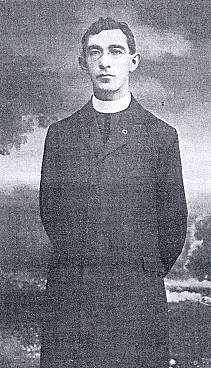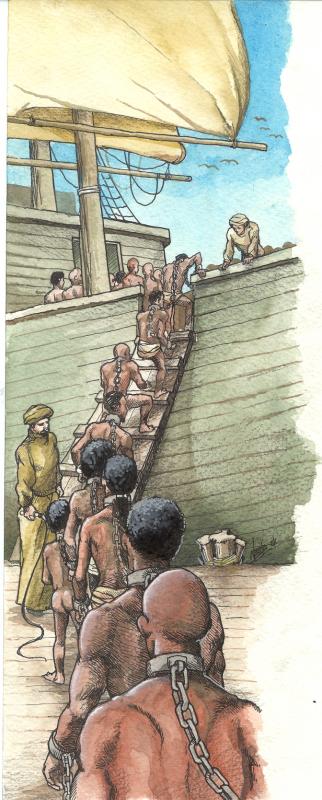Tales of Columban Courage and Martyrs
On St Columban’s Day, 23 November 2017, we will begin the Centennial Year of the Missionary Society of St Columban that was formally established in Ireland on 29 June 1918, the Feast of Sts Peter and Paul. The Centennial Year will end on St Columban’s Day 2018. Below we have two stories of Columban martyrs, one in China and three in Korea. These first appeared in Far East, the magazine of the Columbans in Ireland and Britain. And are slightly edited here. We will continue these Tales of Columban Courage and Martyrs in subsequent issues..
Fr Timothy Leonard, the First Columban Martyr
‘He did not work for Christ: he slaved for him’
By Fr Cyril Lovett

Fr Timothy Leonard (1893 – 1929) [Source]
Fr Cyril Lovett, from Ireland, is one of three brothers who became Columban priests. He worked for many years in the Philippines and then in Brazil and was, until recently, editor of Far East. Fr Brendan teaches at the Institute of Formation and Religious Studies (IFRS), Quezon City. Fr Aidan served in Mindanao, Malate Parish and Manila doctors Hospital. He died in 1999.
On Tuesday 24 July 1929, a telegram brought sad and unexpected news from China. Fr Timothy Leonard had been murdered by bandits in the Province of Kiangsi on 17 July 1929. He became the first of many Columbans to suffer a violent death while serving their people on mission.

 From time to time we come across a book or document, from another age, which moves us. One such Brazilian document that moves me profoundly is known as the Book of Slave Marks. It is a register of more that fifteen hundred slaves, their baptismal names, nation of Origin, sex and approximate age, as well as the marks with which they were branded and the part of the body on which these marks were inflicted.
From time to time we come across a book or document, from another age, which moves us. One such Brazilian document that moves me profoundly is known as the Book of Slave Marks. It is a register of more that fifteen hundred slaves, their baptismal names, nation of Origin, sex and approximate age, as well as the marks with which they were branded and the part of the body on which these marks were inflicted.